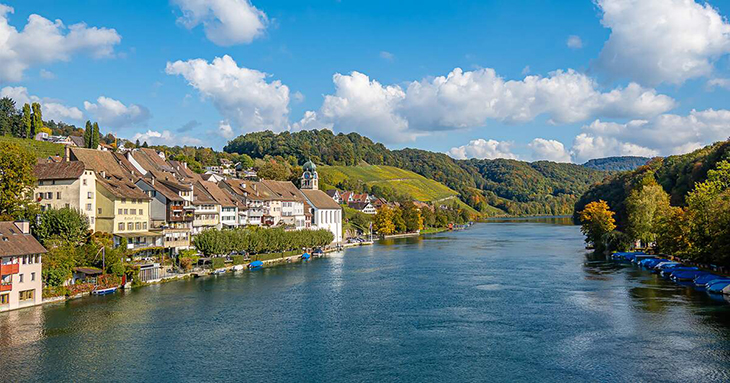

Switzerland’s journey from polluted waterways to pristine urban swimming havens is nothing short of a transformation — a testament to decades of relentless environmental action and public investment. As reported by Phoebe Weston at The Guardian, the country’s commitment to water purity has made it a model for Europe, with its urban lakes and rivers now among the cleanest on the continent.
Back in the 1960s, the picture was far bleaker. Despite Switzerland’s reputation for natural beauty, its water quality lagged significantly behind. “Rivers and lakes were often biologically dead,” Weston notes, describing them as choked with algal blooms, floating scum, and dead fish. Lake Geneva, one of Europe’s largest freshwater lakes and a Swiss icon, had become a symbol of environmental neglect. The country had prioritized infrastructure, energy, and industrial development, while wastewater treatment was seen as a secondary concern.
A turning point came in 1963 when Zermatt, a mountain resort town, suffered a devastating typhoid outbreak. Traced to raw sewage contaminating local water supplies, the epidemic resulted in several deaths and hundreds falling ill. Public outrage was swift and overwhelming. In response, the Swiss government embarked on an ambitious overhaul of its wastewater infrastructure. Over the decades, billions were invested in sewage treatment systems, transforming public health and environmental quality.
“In 1965, only 14% of the population was connected to a wastewater treatment plant,” Weston writes. “Today, that figure stands at 98%.” The scale of investment is impressive: Switzerland now spends approximately €191 per citizen annually on water purification—nearly double the €98 spent in the United Kingdom. This commitment reflects a societal consensus on the importance of clean water, driven by both ecological values and practical benefits like recreation and tourism.
Michael Mattle, head of wastewater technology at Holinger, an engineering firm deeply involved in Swiss water projects, explains the cultural importance of the initiative. “Very high water quality is important to the population,” he says. “We take a lot of care not to pollute water on its way through Switzerland.” Today, in cities like Zurich, Basel, and Bern, people of all ages flock to rivers and lakes to swim—even in the chilly waters of early spring. These urban oases are no longer health risks but instead symbols of success.
But the Swiss effort hasn’t stopped with just organic and industrial waste. Since 2016, the federal government has expanded its water protection goals to tackle emerging pollutants—specifically pharmaceutical residues that enter wastewater through human excretion. Antidepressants, antibiotics, anti-inflammatories, and diabetes drugs, which were never intended to be filtered through sewer systems, now form a significant part of the pollution load in European waterways.
To address this, Switzerland has retrofitted many of its treatment plants with advanced technologies. One key method is activated charcoal filtration, which can remove approximately 80% of pharmaceutical compounds from the water. “It’s a more complex and expensive process,” Weston notes, “but necessary to meet new environmental targets.” These efforts also provide a new model for neighboring countries grappling with similar issues.
What remains, however, are the most persistent pollutants—PFAS, or “forever chemicals,” known for their resistance to degradation. These chemicals are extremely difficult to filter out and are the focus of increasing public and scientific concern. Treatment plant operators argue that the final 20% of contaminants, including PFAS, should be addressed through regulatory controls on chemical usage rather than by simply upgrading treatment systems.
The rest of Europe is taking notice. Delegations from the European Union and neighboring states have visited Swiss facilities to study their methods. In fact, the EU is now considering legislation that would require all wastewater treatment plants serving over 10,000 people to include advanced filtering for pharmaceutical waste. It’s a move inspired by Switzerland’s progress and one that underscores the growing continental consensus on the need to future-proof freshwater ecosystems.
Switzerland’s waterway transformation illustrates the profound impact of sustained environmental investment and community engagement. It shows that even rivers once left biologically dead, like England’s River Mersey—now called “the best environmental story in Europe”—can be brought back to life. Clean water, once taken for granted or neglected, is now recognized as “blue gold,” a precious resource worth protecting at all costs.
What are your thoughts? Please comment below and share this news!
True Activist / Report a typo







